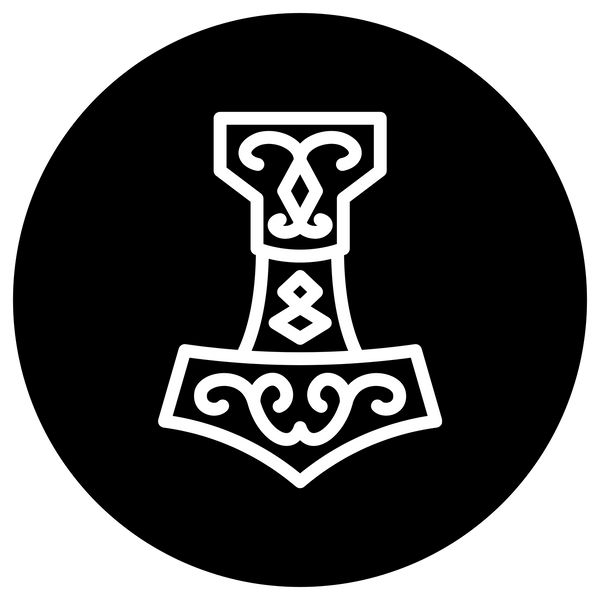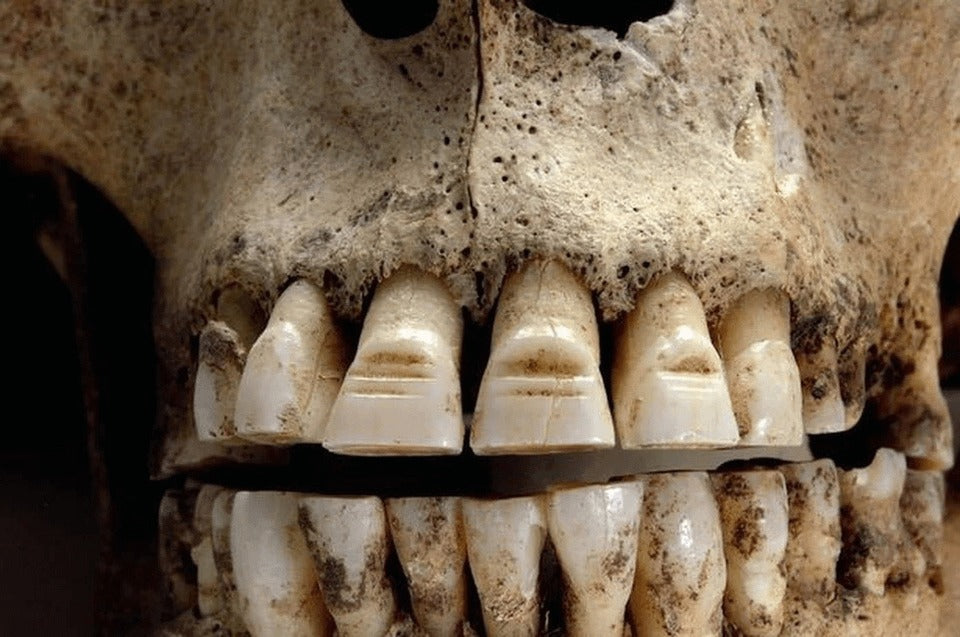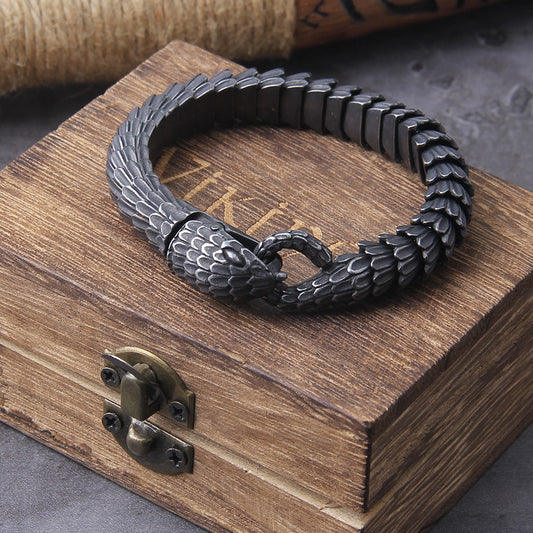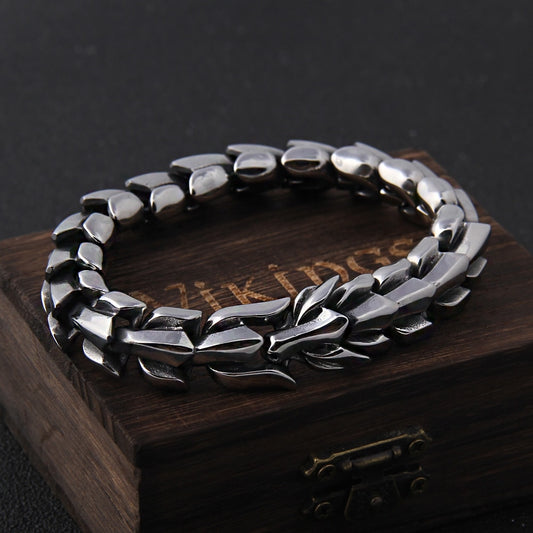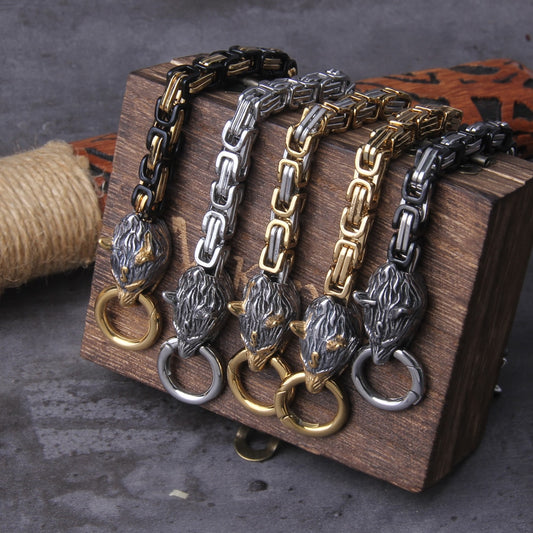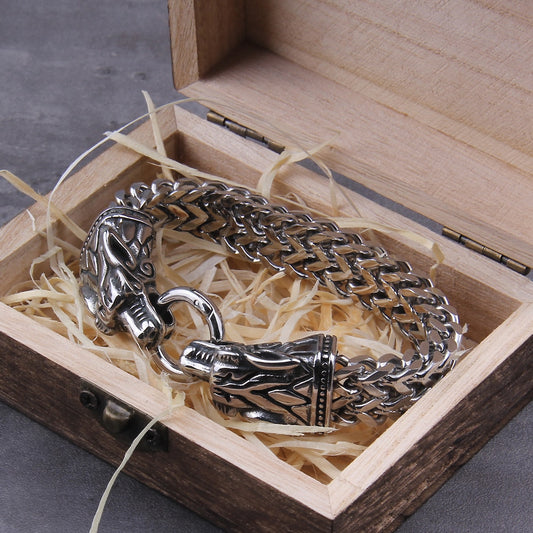Body modification in the Viking Age is a captivating aspect of Old Norse culture, providing insights into the practices and beliefs of this historical period. Evidence of tattoos and dental modifications suggests a range of body modification practices. However, the full extent and significance of these practices within Viking society are not fully understood. Our exploration into this topic is based on archaeological findings and historical accounts. It’s important to note that our understanding is continually evolving with new research and discoveries. As we delve deeper into this subject, we aim to shed light on the cultural practices of the Vikings and their potential influence on contemporary society.
Understanding Old Norse Body Modification
Body modification practices among the Vikings are a subject of ongoing research, and their exact nature and significance remain largely speculative due to the limited historical records and archaeological findings.
Tattoos are often mentioned in the context of Viking body art, but the specific designs, methods, and symbolic meanings are not fully understood. Historical texts sometimes refer to these tattoos as “runic inscriptions,” suggesting they may have depicted symbols of protection, strength, or allegiance to a specific deity.

Runestone Sö 32 in Skåäng, Trosa municipality, Sweden.
However, the exact nature of these symbols and their significance within Viking society is unclear. The method of creating these tattoos is also speculative. Some sources suggest that they were created using a combination of soot and urine, applied with a needle or bone tool. However, this is based on limited evidence and should be viewed as a theory rather than established fact.
The tattoos are often compared to the runic inscriptions and art found on runestones scattered across Scandinavia and other parts of Europe. While there may be similarities, it’s important to note that the interpretation of these runestones and their correlation with Viking tattoos is a complex and ongoing area of study.

Modern Viking Interpretation of Runic Inscription Tattoo
According to Ahmad Ibn Fadlan, an Arabic scholar of the time, spoke about the Volga Vikings (also known as the Rus), saying they had visible ink markings that gave them their impressive appearance. These tattoos were described as being unfamiliar patterns, trees, and other historical symbols used for expression. These markings held significant meaning to different Scandinavian (and Germanic) tribes, even though they weren’t recognizable to outsiders.
Viking-Age Scandinavians also practiced dental modification. Archaeological findings from Viking grave sites in Sweden, prominently in Gotland, have revealed teeth that had been deliberately and painstakingly filed or carved. This modification, which involved carving horizontal grooves into the teeth, was likely intended to incite fear in enemies during battle. The filed teeth were not only a testament to the individual’s pain tolerance but also served as a form of identification.

intentionally filed and notched teeth from Viking remains, Image by Lisa Hartzell
Given the Norsemen’s extensive trade and interaction with other cultures, it is likely that they adopted various forms of body art, including piercings. If they did wear earrings, it can be speculated that these would have been crafted from precious metals such as gold or silver, possibly adorned with intricate designs that held personal significance or symbolized aspects of Norse mythology. However, without concrete archaeological evidence, this remains a topic of ongoing research and discussion.
Intriguingly, recent archaeological studies have unearthed evidence of skull modifications among three Nordic women found within burial mounds in Gotland, Sweden. These modifications, which involved the deliberate elongation of the skull, were seemingly foreign to Scandinavian Viking culture but prevalent in Eastern Europe during the same period. The women with these modified skulls were buried with elaborate jewelry, indicating their acceptance and integration into the local community. This discovery adds another layer to our understanding of the diverse practices of body modification among the Vikings.

One of the women's skulls found in Gotland, with deliberate elongation, Image by SHM/Johnny Karlsson
The Role of Body Modification in Viking Society
Body modification practices in Viking society, such as tattoos and dental modifications, are a subject of ongoing research and discussion. While there is evidence of these practices, their exact meanings and roles within the society are not fully understood due to the limited historical records and archaeological findings.
Tattoos are often mentioned in historical texts, but their specific designs, methods, and symbolic meanings remain largely speculative. For instance, Ahmad Ibn Fadlan, an Arabic scholar, noted that the Volga Vikings had visible ink markings, but he described them as unfamiliar patterns and symbols. The exact significance of these markings within Viking society is unclear.
Dental modifications have been found in some Viking graves in Sweden, suggesting that this practice existed. However, though it's heavily insinuated it was done for warfare purposes, the reasons behind these modifications are still a topic of debate among researchers. While there is speculation about other forms of body modification such as piercings and scarification, there is currently limited concrete evidence to support these claims. As such, any assertions about these practices should be viewed as theoretical rather than established fact.
While body modification undoubtedly played a role in Viking society, the specifics of these practices and their cultural significance are still being explored by scholars. As more research is conducted and more archaeological evidence is uncovered, our understanding of these practices and their role within Viking society will continue to evolve.
Legacy and Modern Interpretations
While the Viking Age may have come to an end, the legacy of Old Norse body modification lives on in modern culture. Today, tattoos inspired by Norse mythology and symbols are popular among enthusiasts seeking to connect with their Viking heritage or embrace the warrior spirit, with individuals around the world adorning themselves with jewelry and accessories inspired by ancient Norse designs.
Conclusion:
Body modification in the Viking Age is a subject of ongoing research and fascination, offering insights into the cultural practices of this historical period. While there is evidence of tattoos and dental modifications, the full range of body modification practices and their significance within Viking society are not fully understood. These practices, as reflected in the archaeological and historical records, provide a window into the values, beliefs, and traditions of the Vikings. However, it’s important to note that our understanding of these practices is based on limited evidence and is continually evolving as new research is conducted and more findings are uncovered. The legacy of the Vikings continues to captivate us, reminding us of the rich tapestry of human history and cultural diversity. As we delve deeper into the study of Viking body modification, we honour their legacy and contribute to our collective understanding of our shared past.
Citations:
Did Vikings Have Tattoos (and What Were Their Meanings)? - Seek Scandinavia. https://seekscandinavia.com/vikings-tattoos/.
Scientists Studied 3,000 Viking Teeth And Discovered Surprisingly - https://www.sciencealert.com
The Vikings and their Filed Teeth - Medievalists.net. https://www.medievalists.net/2020/01/vikings-their-filed-teeth/.
Traditional Viking Tattoos: History, Symbolism, and Designs. https://certifiedtattoo.com
Viking Tattoos: A Comprehensive Guide to Norse Mythology-Inspired Body. https://chronicinktattoo.com/blogs/blog/viking-tattoo.
Uncovering advanced dentistry practices among Vikings | Archaeology .... https://archaeologymag.com
The Journey of Ahmad Ibn Fadlan to the Volga | Viking Archaelogog. http://viking.archeurope.com
Three strange modifications of skulls have been found in women of the Viking Era | UA Portal. https://life-eng.uaportal.com
